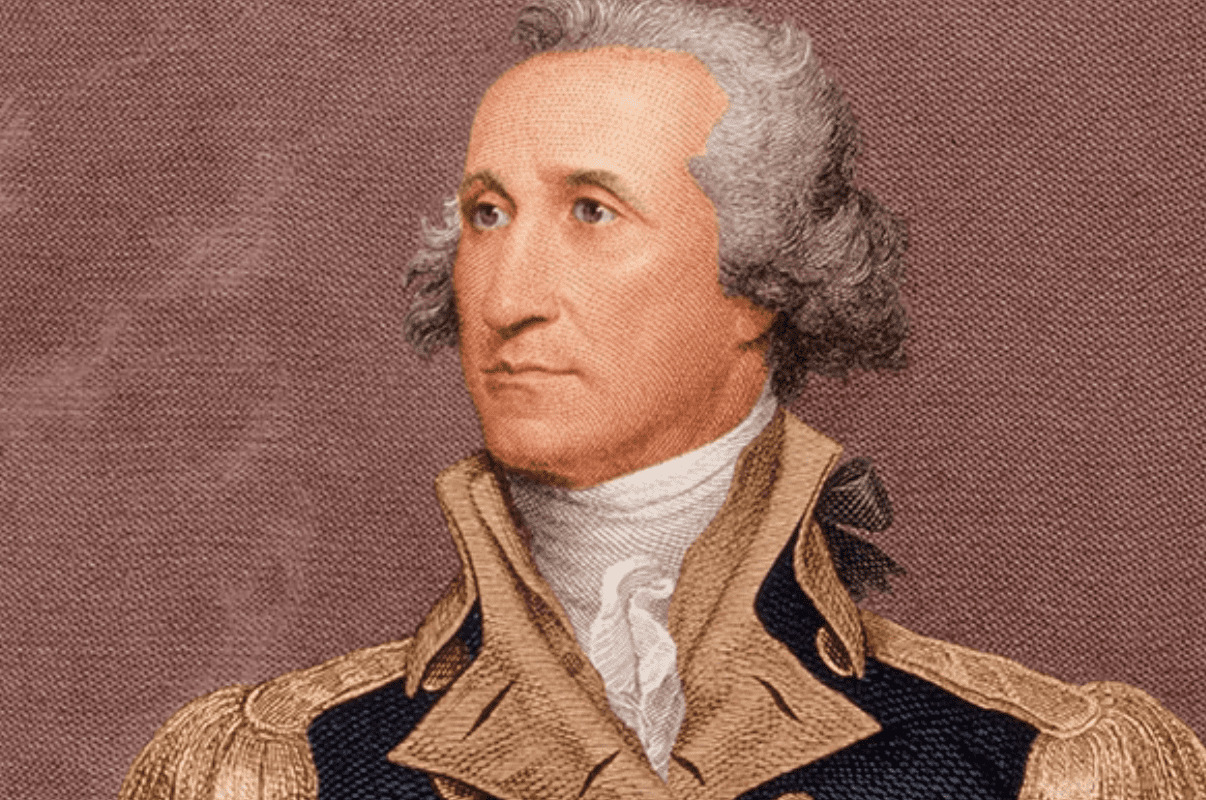The National Portrait Gallery in Washington is home to the earliest known photo of a U.S. president. It’s a daguerreotype of John Quincy Adams, taken in 1843 by artist Philip Haas. There were reportedly two additional daguerreotypes taken during this session, but neither survived.
The Portrait Gallery acquired the Adams photo in 2018. Its director, Kim Sajet, made an interesting assessment about its unique historical significance.
“John Quincy Adams, son of John Adams, was the last President to have a direct tie back to the Founding generation, and the fact that he sat in front of a camera to have his portrait taken, is sort of remarkable,” she said. “It confirms that in many ways America was born modern; embracing not only new government ideals but also the latest technologies that helped its leaders to become accessible to the public. To have acquired this unique piece of American history on the eve of our 50th anniversary has particular resonance because one of our goals is to remind people that the individual actions of our leaders and how we record their legacies impact the future.”
Indeed, the U.S. has long had a modern outlook on the Oval Office’s history – and the presidency in general. Establishing a proper record of the individuals who led this great nation, through the use of various primary and second materials, aids in the overall understanding of America’s birth, growth and development.
There aren’t many gaps in our knowledge of U.S. presidents over the past two centuries, although historians are constantly learning new details. When it comes to early presidents like Adams, who was the sixth man to hold this position, certain historical analyses and assumptions aren’t always air tight.
How much do we really know about George Washington?
There have been many books written about the first president. Mason Locke Weems, a minister and bookseller, wrote the first biography, The Life and Memorable Actions of George Washington, in 1800. This tale of American folklore, published the year after Washington’s death, is mostly remembered for the author’s decision to insert a myth about Washington chopping down a cherry tree in the fifth edition in 1806. Contemporary versions by historians like Ron Chernow, Robert Middlekauff and David McCullough are more accurate and valuable resources.
Yet for all their new, credible dimensions to Washington’s life and career, precious few shed new light on his true character. He was a private man by nature. Many of his personal thoughts were never recorded. There’s existing correspondence between Washington and others, which is helpful. As for his wife, Martha, she burned all but two of their letters prior to her death.
I recently re-read Joseph J. Ellis’s His Excellency: George Washington. It’s one of the more impressive volumes about America’s first president. The Pulitzer Prize-winning historian/author produced a short but highly readable account of Washington as a soldier, politician and elder statesman.
Ellis wrote that Washington “poses what we might call the Patriarchal Problem in its most virulent form: on Mount Rushmore, the Mall, the dollar bill and the quarter, but always an icon – distant, cold, intimidating.” There was blood rushing through those supposedly icy cold veins, and there was sympathy and compassion in that distant, brooding and aloof figure of a man. He may have been an intimidating presence who towered above most people, but he had a heart and soul.
Washington is portrayed as a great man, albeit with character flaws, personal ambitions, and public and private emotions. He was inherently a better leader than follower. He was thin-skinned, especially when it came to criticism of his military strategy or the U.S. Republic’s future. He was willing to play politics with his rivals, although he professed no interest in said activity. He trusted few people, and “the principle of mutual trust devoid of mutual interest struck him as sentimental nonsense.” He developed surprisingly progressive views on native rights and slavery, and made the admirable decision to free his slaves upon his death.
His trademark self-control, both on and off the battlefield, was also put to the test. Ellis depicted Washington as the “original marble man” for his stoic, standoffish personality. Nevertheless, he achieved this posture, “and sometimes it was a posture…by direct experience with difficulty.” He was “an intensely passionate man,” and his “powers of self-control eventually became massive because of the interior urges they were required to master.”
He opted to “transform the improbable to the inevitable.” He tirelessly worked to help forge a federal system that kept the revolutionary spirit alive. Washington had the foresight to recruit talented statesmen like James Madison, Thomas Jefferson and Alexander Hamilton, although they had political and philosophical differences. He enjoyed being an overseer during the Constitutional Convention. he even relished the position of “American Cincinnatus…as a final testament to his heroic status, the immortal whose fame derived more from his surrender than his exercise of power.”
Washington wasn’t the god-like king some envisioned in his day and age. Rather, he was a mortal revolutionary who did ordinary and extraordinary things.
Ellis’s book seemingly brought us closer to understanding Washington than ever before. Unlike Adams, we’ll never have video, photographic or significant written evidence to back everything up. He’ll always be in the category of a U.S. president we may know, don’t know or thought we knew better.
Michael Taube, a long-time newspaper columnist and political commentator, was a speechwriter for former Canadian prime minister Stephen Harper.









